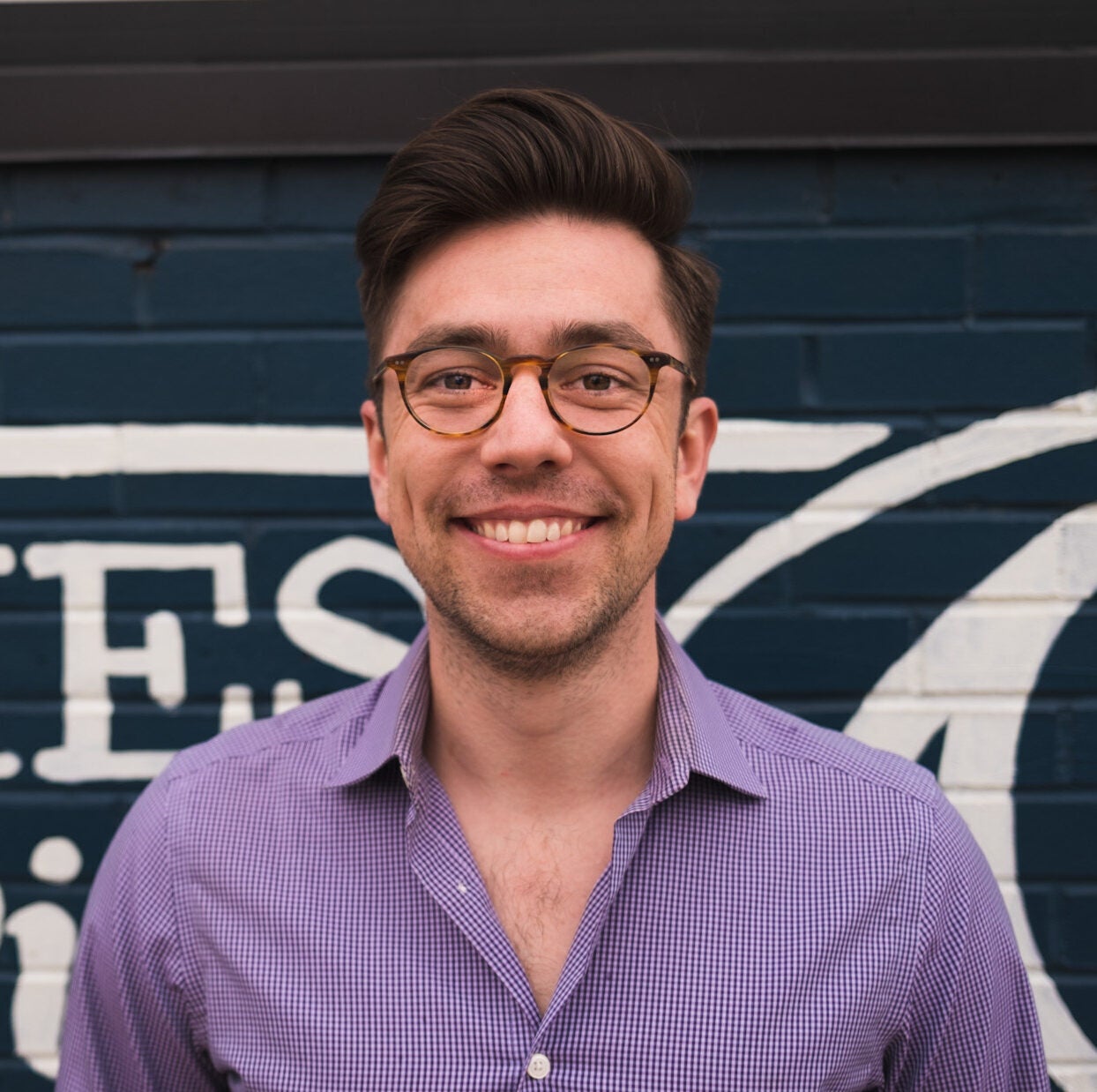Luke Koslosky is a Research Analyst at Georgetown’s Center for Security and Emerging Technology (CSET). He focuses on workforce policy, with an emphasis on increasing access to AI careers through alternative training pathways. His work has been featured in New America and the Hill. Previously, Luke was a Research Associate at the Potomac Institute for Policy Studies, where he worked on science and technology policy and founded the Center for Enterprise, Exploration, and Defense in Space. Luke has also served as a staffer in the House of Representatives. Luke holds a B.S. in Political Science from Santa Clara University.
Related Content
In an article published by The Messenger, Luke Koslosky provided his expert insights in the evolving landscape of artificial intelligence (AI) education and job opportunities. Read More
CSET submitted the following comment in response to a DHS Notice on Proposed Rule-Making from the U.S. Citizenship and Immigration Services about modernizing H-1B requirements, providing flexibility in the F-1 program, and program improvements affecting… Read More
The Executive Order on Safe, Secure, and Trustworthy AI: Decoding Biden’s AI Policy Roadmap
November 2023On October 30, 2023, the Biden administration released its long-awaited Executive Order on Safe, Secure, and Trustworthy Development and Use of Artificial Intelligence. CSET has broken down the EO, focusing on specific government deliverables. Our… Read More
Creating adequate talent pipelines for the cybersecurity workforce is an ongoing priority for the federal government. Understanding the effectiveness of current education initiatives will help policymakers make informed decisions. This report analyzes the National Centers… Read More
U.S. policies on artificial intelligence education and the AI workforce must grow, cultivate, attract, and retain the world’s best and brightest. Given China’s role as a producer of AI talent, understanding its AI workforce could… Read More
Community Colleges Can Expand Pathways to Artificial Intelligence Jobs but More Work is Needed
August 2022A CSET report shares insights on community college-level artificial intelligence workforce training and where further investment is needed. Read More
In his opinion piece in The Hill, Research Analyst Luke Koslosky discusses the role of community colleges in training the next generation of the U.S. AI workforce. Read More
Community and technical colleges offer enormous potential to grow, sustain, and diversify the U.S. artificial intelligence (AI) talent pipeline. However, these institutions are not being leveraged effectively. This report evaluates current AI-related programs and the… Read More
This policy brief addresses the need for a clearly defined artificial intelligence education and workforce policy by providing recommendations designed to grow, sustain, and diversify the U.S. AI workforce. The authors employ a comprehensive definition… Read More
This policy brief, authored in collaboration with the MITRE Corporation, provides a new perspective on the U.S. Department of Defense’s struggle to recruit and retain artificial intelligence talent. The authors find that the DOD already… Read More

